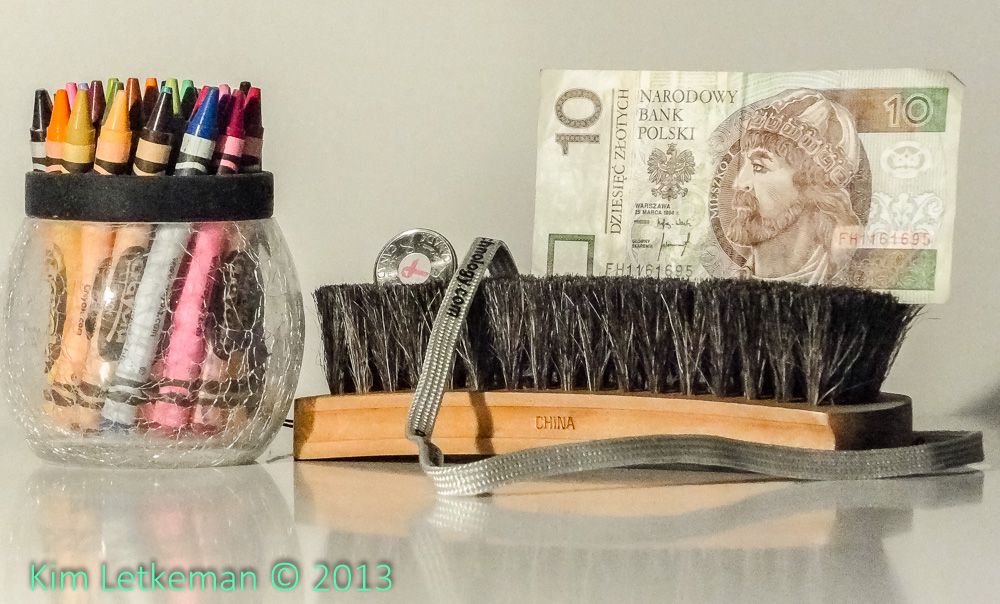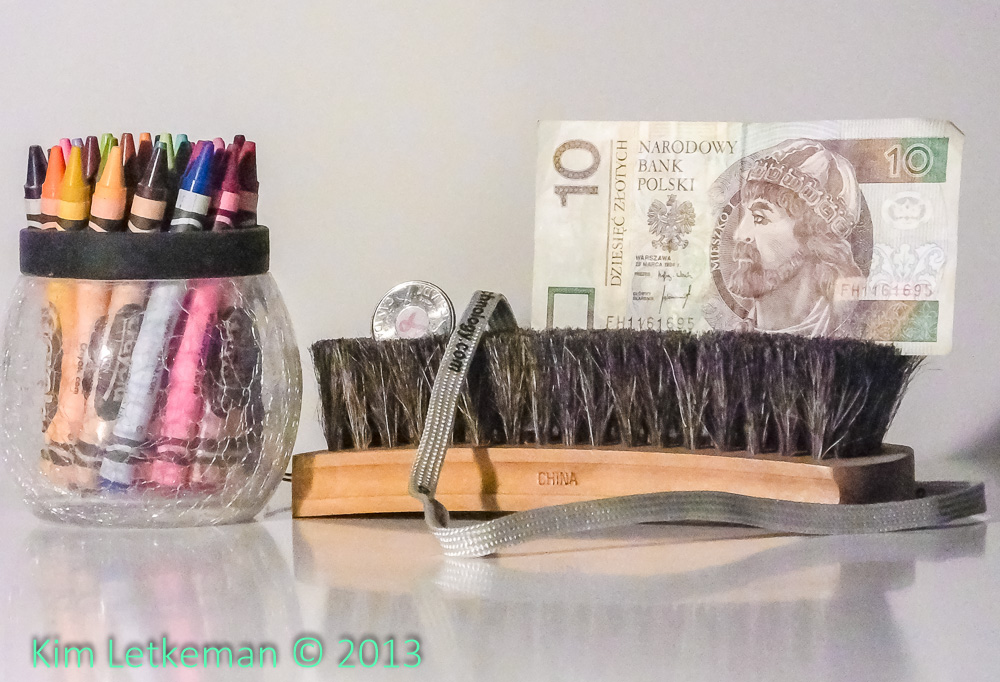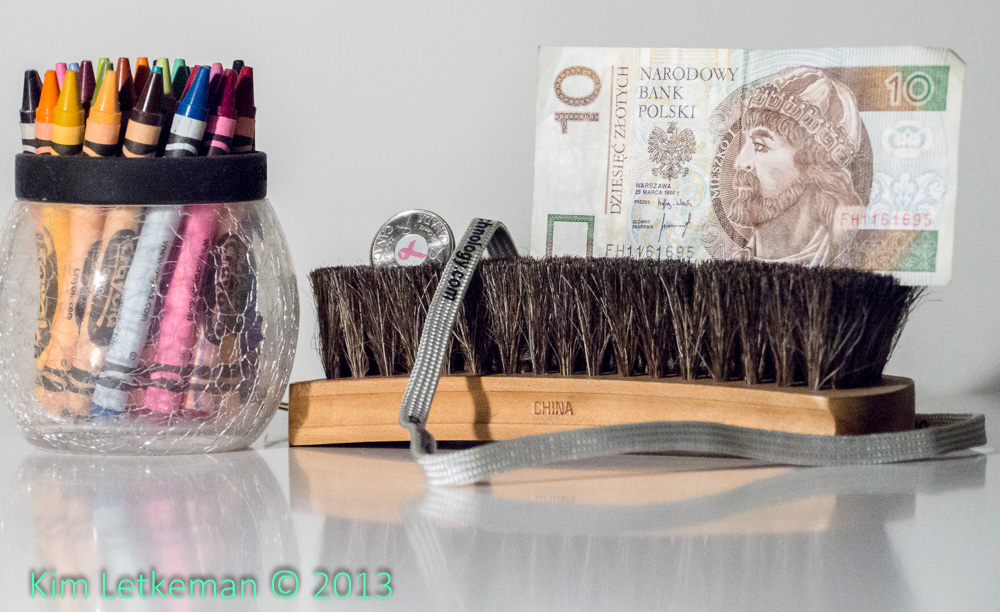This is a follow on to Part 3, ISO ladder. I reused those files for this post.
First off, let’s remember that the 1/2” sensor is not typically a high ISO sensor. But since people enjoy the reach on these cameras, and since most people would probably prefer to own one compact rather than several, it makes sense to examine how these cameras look in social situations at normal print and web sizes.
Part 3 seems to have excited a lot of debate and the HS50 is in a real struggle to remain relevant through these tests at higher ISOs, but ultimately it is the compacts that are the more likely social cameras. So let’s look at what happens when you actually process the output in Lightroom at 3200 ISO. I choose 3200, by the way, because we need decent shutter speeds to capture people successfully. No matter what you want them to do, people shift and fidget all the time and you cannot capture them at low shutter speeds. 3200 is the maximum at which these do not look awful … 6400 is simply ugly. 1600 is just a little low, although if you have a fair amount of light, please try dropping ISO.
The F900EXR is the newest of the compacts, so let’s see that one first.
The F770EXR is the camera I own, and the difference in the older JPEG engine is that there is a tint that I find quite hard to remove in this sort of orange colored light. I don’t mind the warmer look, but some people will not be impressed. The detail, though, is surprisingly good. People will render quite adequately if you can get them near a light. In shadow, things will not be pretty, but with tiny sensors that’s just a given. It is the reason why the trend today is towards fast lenses and large sensors.
Remember that you can click on these to see the 1000px rendering, which is as large as anyone ever posts on Facebook. It also shows what a 5x7 print might look light.
In part 3, the F200EXR came off really poorly at high ISO. The saturation and white balance was way off and there was a huge amount of noise. Yet, when you tweak things in Lightroom, you find that the detail where there is any light at all is actually quite usable. The bill, for example, looks excellent here. Remember that this is the 1/1.7” sensor and is quite a bit larger than the 1/2” sensor in the compacts and the HS.
Now, the HS50 is not a social camera in any real sense, but if you choose to shoot it, you will not want to use default settings as I did for the ISO ladder. I will be testing various JPEG settings and I will try to get RAW processing working to really suss out the HS50’s strengths. But for now, I can say that this file is not adequate … I would never display it even as a snapshot.
And of course I will close with the G5. This camera is a joy to use, but I would not tend to carry it in social situations. For that, I generally carry the GX1 (also an excellent 16mp sensor) and either a 2.8 Sigma or a 1.8 Olympus lens, allowing me to shoot several stops lower with higher shutter speeds. But for comparison, this is how it shoots 3200 ISO on the 14-140 kit lens.
So for shooting in social situations where you have at least some light, these tiny sensors do an adequate job for snap shots. The detail is decent and the new JPEG engines maintain excellent saturation. I always recommend that you shoot to get a good capture and tweak in Lightroom, but of course we saw in the ISO ladder that the newer JPEG engines don’t need that much work. Once downsized for web or small print, a lot of the noise vanishes.




